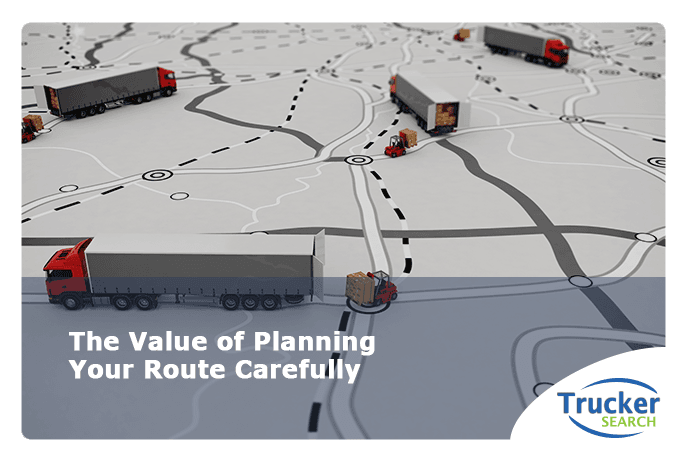You may hear people say that one day machines will phase out human jobs as they will be faster, stronger, and work longer. This may cause you some worry for your future career path or that of your children; however, as far as engineers and scientists can see, this day is a long way off. The human brain and capacity for fine motor skills is something that no computer can replicate yet, and even when they can replicate some human movements, quality control will always be something distinctly human because even artificially intelligent machines cannot take in all the variables and form a proper judgement.
There is no reason to fear technology becoming more prevalent in the trucking industry because this is a field that requires a human touch. Whether this be in managing time, responding to emergencies, or driving through rough conditions. There are technologies now being developed to assist drivers as they embark on their journeys, and others to help carry the load of this high-demand industry, and each one has its niche, and none of these has the capacity to overshadow the hard work put in by the American Driver!
Self-Driving Vehicles
Self-driving vehicles are a 21st century concept- in the past, vehicles that drove themselves would have likely been perceived as being magical instead of technological. The engineers that have developed not only the heavy machinery but also the software, sensors, and other components of self-driving vehicles have worked hard to create a somewhat autonomous experience. We say somewhat autonomous because many developers have the eventual goal of making an entirely self-driving road-safe vehicle, but a partially autonomous ride has shown to be beneficial for the driver and the industry.
There is a scale that industry professionals use to measure how autonomous a vehicle is- on a rating level from 0-5 with 0 being no autonomy, and 5 being fully automatic with no assistance required. There are no approved for road vehicles (cars or trucks) that have a level 5 rating. However, many trucks today actually have ratings in between 1-3 and some have even achieved a 4. These trucks make it easier for drivers to stay safe and remain stress free as they have advanced safety measures such as quick braking and cameras to show when someone can switch lanes safely.
Gadgets and Software for the Driver
In addition to vehicles being autonomous, one of the most important developments of the technological revolution is the presence of gadgets and software that can improve the quality of a drive for those working in the industry. GPS technology is getting better, and now you can even map out a route with stops along the way for food, rest, and quick breaks. Planning ahead, and knowing exactly where you are is a gamechanger from the past of reading confusing paper maps and struggling to find your way. You can now even use apps on your phone to track your health, listen to engaging podcasts or music, and set reminders for yourself to take a break or get some rest!
Final Thoughts
Technology can seem scary especially when there is a chance of career theft via robot, but this will be a long time in the future. Even then, the human brain is superior to any machine, and drivers even in the future will be able to secure jobs and make a living being the heart of the American economy! Right now, it’s a great idea to reap the benefits of technology, and become the safest and healthiest driver you can be!


